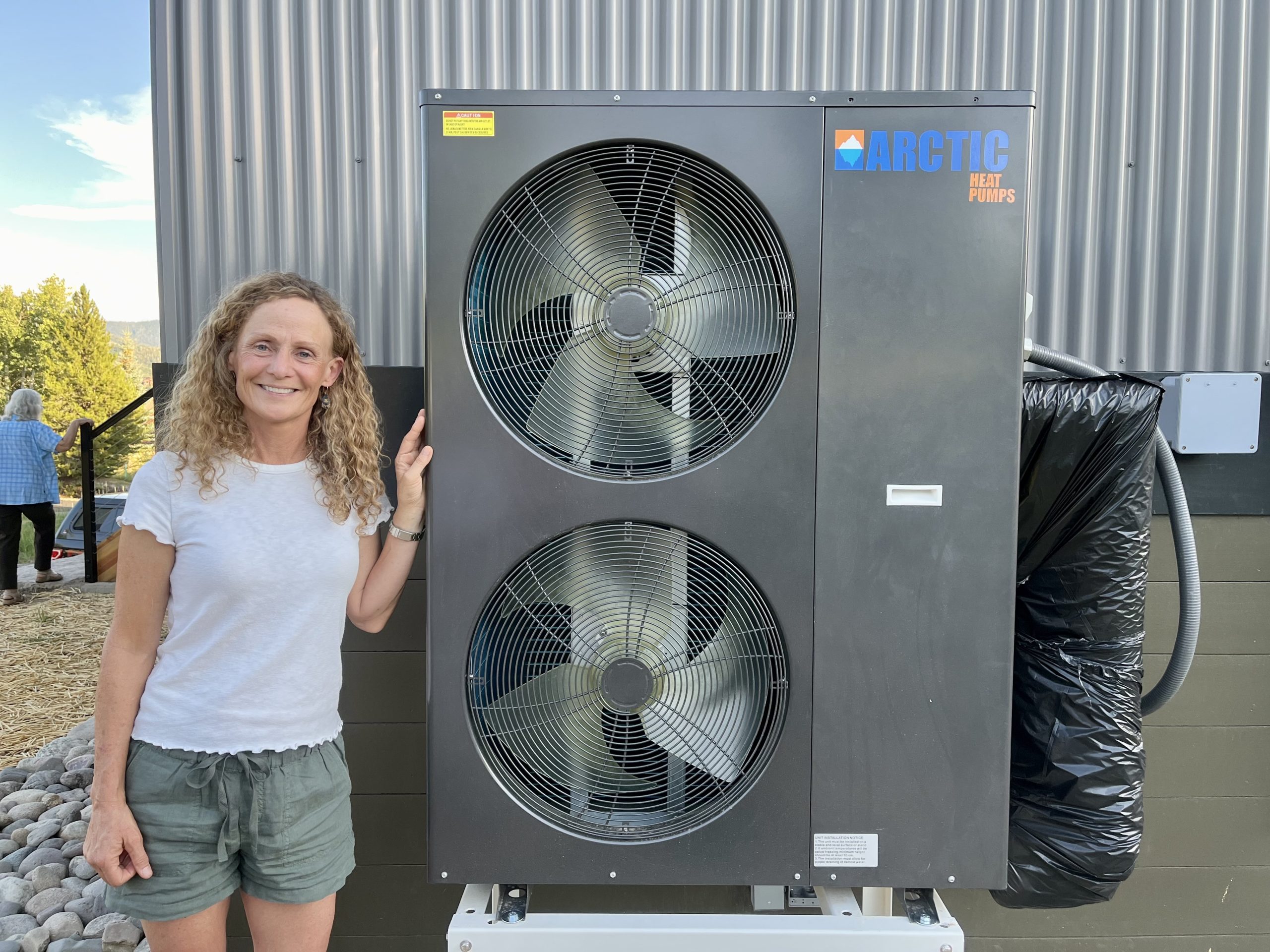JANUARY 10, 2018 BY
Adopted from an article from The Environmental Magazine
Better Lighting, More Recycling, Indoor Plants and Telecommuting All Part of the Solution
The average person will spend the better part of 1/3 of their life at work — assuming you work full-time from around 18 until you retire around age 67. Even if you’re trying to go green and reduce your carbon footprint at home, it can be hard to do the same in the office. Hard, but not impossible, so here are some tips, tricks and life hacks to help you go greener at the office.
Let There Be Light
No one likes the harsh fluorescent lights that usually adorn most office spaces, but they are also one of the biggest energy wasters — roughly 17% of all power consumption in commercial buildings is used for lighting. If you have windows, try opening the blinds and letting in some natural light.
By opening up your blinds and letting in natural sunlight, not only are you reducing your company’s energy expenditure, but you may also be helping improve performance as well. A study found that office workers who were exposed to natural light were more productive, slept better and had a higher overall quality of life.
Make it a point to shut off the lights when the office is empty and consider installing motion sensors that shut off the lights when there is no one in the office.
Reduce, Reuse, Recycle
You don’t even have to install recycling bins in your break room — though that is a great option, too. In this case, we’re talking more about recycling office paper and reducing overall paper use. A few hacks that you can apply here might include:
- Going digital — Get away from things like printed reports, hardcopy mailing lists and other uses of paper that can be replaced by digital counterparts.
- Use recycled products — Make it a point to use paper that contains at least 30 percent post-consumer recycled content.
- Update your lists — Don’t send newsletters or advertisements to addresses that are no longer valid. You end up wasting money on paper, postage and other paper-related items.
Paper waste is one of the biggest problems in an office setting — and one of the best ways for you to go greener in the office.
Go Green — Literally
Going literally green is a great enhancement to your office space in a variety of ways. First, live plants help improve the ambiance of your office space, making it more comfortable and less stressful.
Plants can also help improve air quality in your office. NASA studied a variety of houseplants and found a number of easy-to-grow, easy-to-maintain plants that help improve air quality by removing toxins from the air.
Just make sure your plants are watered regularly and try to find plants that don’t produce any allergens, just in case.
Clean Green
Cleaning products, especially the industrial versions, tend to be made up of harsh chemicals. While they do get the job done, they’re not good for the environment and can create an unhealthy working environment. Instead of using bleach, ammonia or other harsh chemicals, look into green cleaning supplies for use in your office space.
As an added bonus, most of the green cleaning products are packaged in recyclable bottles that help to further reduce your carbon footprint in the office.
Work From Home
This might not apply to everyone, but if your job is something you could do from home, talk to your boss or manager about implementing a telecommute program that allows you to work from home once or twice a week. Not only does this reduce the energy usage at the office, but it also helps reduce your overall carbon footprint by removing the need for your daily commute.
It’s been estimated that if everyone who can work from home did so one day a week, it would save upwards of 74 million gallons of gas, taking approximately 27 million cars off the road.
We know this doesn’t work for all types of jobs, but if you work on a computer or in an office, look into working from home one day a week to make your whole office a bit greener.
It doesn’t take much to help reduce your carbon footprint and go greener in the office. Just be aware of the waste you’re producing and do everything you can to improve your office’s overall carbon footprint. Start by talking to your boss and see what new protocols can be implemented to help you reduce, reuse and recycle.






